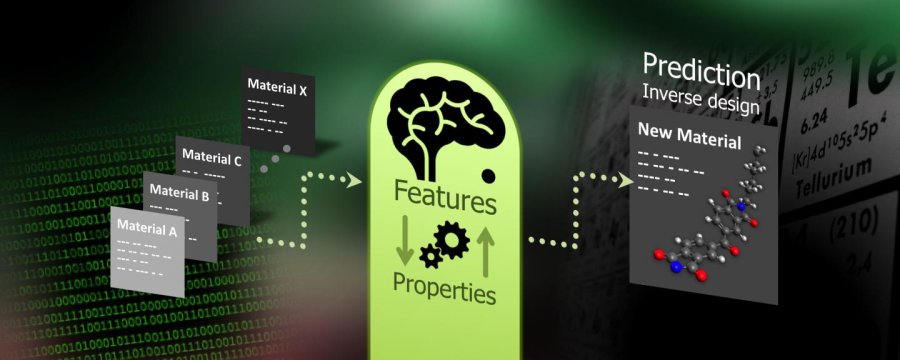A fully funded (4-year) PhD Studentship on Machine Learning for Materials Science is now available at SossoGroup, led jointly with James Kermode (Warwick Engineering). The (non-negotiable!) starting date is October 2018… so be quick about it! If working ad the cutting-edge of computational physical chemistry in a world-leading research environment sounds like the sort of thing you’d be interested in, make your move ASAP (and we mean it, this opportunity will be gone in less than two weeks!) and get in touch!
Want to know a bit more about the project? Here you go…
Silicon and carbon are two of the cornerstones of materials science, at the heart of countless technological applications encompassing electronic devices, energy storage, photovoltaics and drug delivery [1]. As such, a monumental body of both experimental and computational work has been devoted to unravel the origins of the functional properties of the many allotropes of Si and C. Strikingly, though, our understanding of the Si-C phase diagram, and even more prominently of Si/C interfaces, is to date quite minimal. This is largely due to the limitations of both electronic structure calculations and classical molecular dynamics in terms of accessible length/time scales and accuracy, respectively. As a result, we cannot acquire the atomistic insight we need to transform a number of potentially game-changing ideas, such as harnessing silicon carbide for quantum computing [2], into industrial applications. This Studentship will contribute to bridge this gap by developing a bespoke machine-learning based interatomic potential [3], hence enabling large- scale, accurate atomistic simulations across the whole of the Si-C phase diagram, including e.g. silicon carbide, binary Si/C liquid mixtures and the disordered Si/C nanostructures. We will build upon the expertise of both Sosso and Kermode in machine learning for materials science [4] and in the modelling of Si/C/SiC [5], specifically targeting the functional properties of the Si-C system of relevance for novel industrial applications, which will be identified through collaboration with the Fraunhofer Institute for Mechanics of Materials. In a nutshell, the ambitious goal of this Studentship is to develop and validate a set of computational tools to further our understanding of the structure-function relation of a vast library of Si-C materials, thus making a concrete impact in terms of the rational design of e.g. the next generation of brake discs for high-performance cars [6].
[1] Mélinon, P., Masenelli, B., Tournus, F., and Perez, A. (2007). Playing with carbon and silicon at the nanoscale. Nature Materials 6, 479–490.[2] Aharonovich, I., and Toth, M. (2014). Optical materials: Silicon carbide goes quantum. Nature Physics 10, 93–94. [3] Sosso, G.C., Deringer, V.L., Elliott, S.R., and Csányi, G. (2018). Understanding the thermal properties of amorphous solids using machine-learning-based interatomic potentials. Molecular Simulation 1–15 [DOI:10.1080/08927022.2018.1447107] [4] Bartók, A.P., De, S., Poelking, C., Bernstein, N., Kermode, J.R., Csányi, G., and Ceriotti, M. (2017). Machine learning unifies the modelling of materials and molecules. Science Advances 3, e1701816. [5]G. Sernicola, T. Giovannini, P. Patel, J. R. Kermode, D. S. Balint, T. Ben Britton, and F. Giuliani, In situ stable crack growth at the micron scaleNat. Commun. 8, 108 (2017). [6] http://www.brembo.com/en/car/sporting-use.


